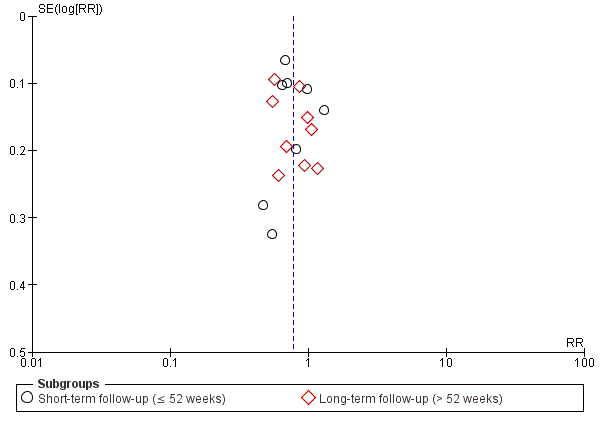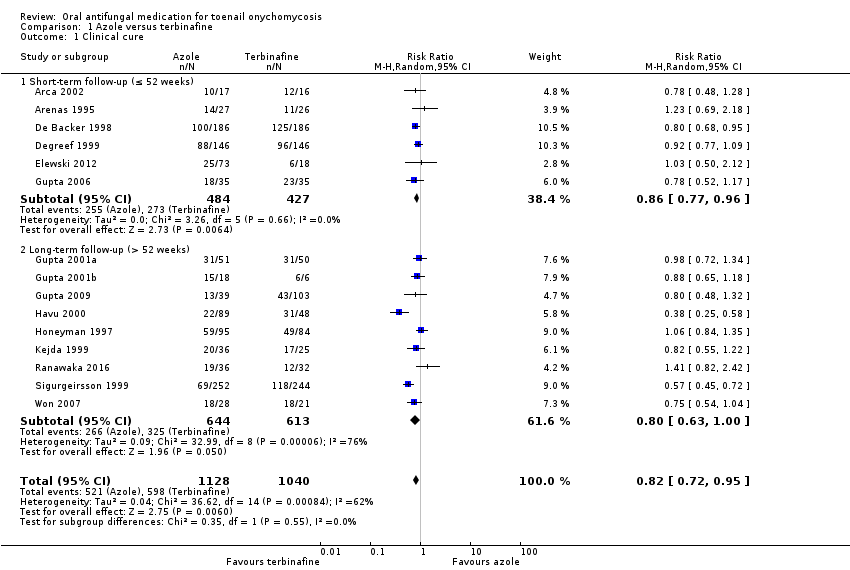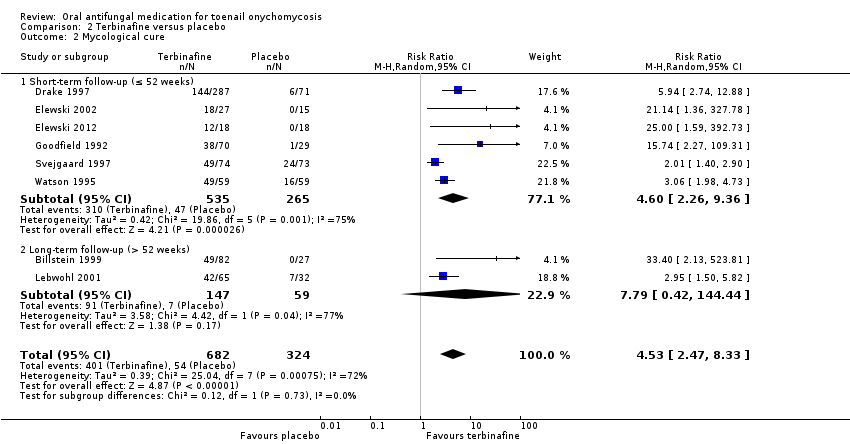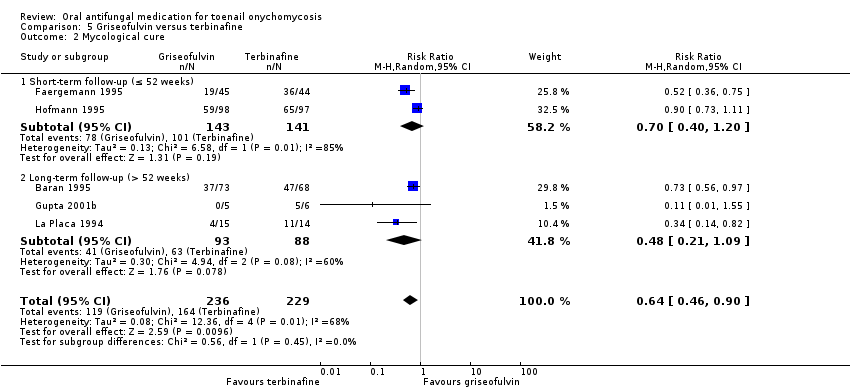Contenido relacionado
Revisiones y protocolos relacionados
Magdy El‐Gohary, Esther J van Zuuren, Zbys Fedorowicz, Hana Burgess, Liz Doney, Beth Stuart, Michael Moore, Paul Little | 4 agosto 2014
Sally EM Bell‐Syer, Sameena M Khan, David J Torgerson | 17 octubre 2012
Fay Crawford, Sally Hollis | 18 julio 2007
Ausama Atwan, John R Ingram, Rachel Abbott, Mark J Kelson, Timothy Pickles, Andrea Bauer, Vincent Piguet | 10 agosto 2015
Kelly Foley, Aditya K Gupta, Sarah Versteeg, Rachel Mays, Elmer Villanueva, Denny John | 16 enero 2020
Justin Gabriel Schlager, Stefanie Rosumeck, Ricardo Niklas Werner, Anja Jacobs, Jochen Schmitt, Christoph Schlager, Alexander Nast | 26 febrero 2016
Anne R Mason, James Mason, Michael Cork, Gordon Dooley, Helen Hancock | 28 marzo 2013
Sherman Gu, Angela WH Yang, Charlie CL Xue, Chun G Li, Carmen Pang, Weiya Zhang, Hywel C Williams | 10 septiembre 2013
Leila Ferguson, Masaki Futamura, Efstratios Vakirlis, Reiji Kojima, Hatoko Sasaki, Amanda Roberts, Rintaro Mori | 21 octubre 2018
Helena Kastarinen, Tuija Oksanen, Enembe O Okokon, Vesa V Kiviniemi, Kristiina Airola, Johanna Jyrkkä, Tuomas Oravilahti, Piia K Rannanheimo, Jos H Verbeek | 19 mayo 2014
Respuestas clínicas Cochrane
Jane Burch, Sera Tort | 8 noviembre 2017



























